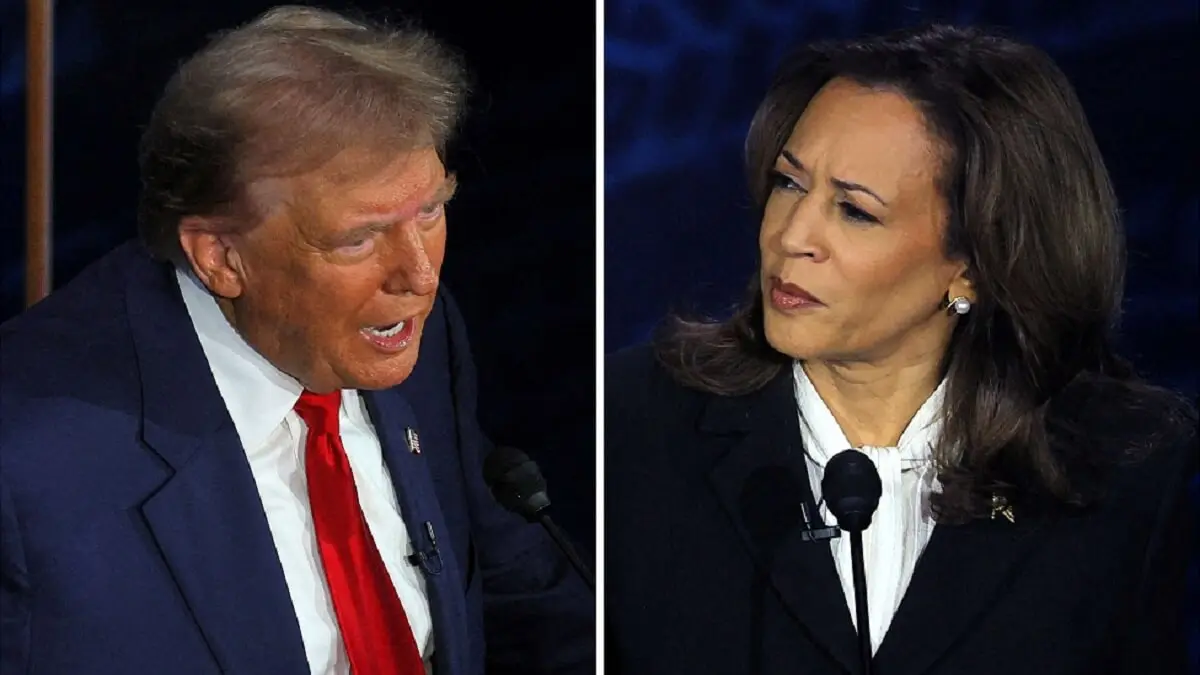United States face to face

When Barack Obama won the 2008 elections, the United States was immersed in the beginning of a huge economic crisis, with the financial system severely affected. The army was deployed in Iraq and Afghanistan after seven years of war against terrorism.
Its external image had been weakened and even its leadership was questioned by rivals and allies. Before the Democrats celebrated victory, Republican candidate John McCain, a war veteran, addressed citizens to congratulate his rival and democracy.
Shortly after, Obama delivered a brilliant speech in Chicago in which he highlighted the strength of democracy and of the United States and immediately congratulated Senator McCain for the clean campaign and for his heroic past in the service of the nation.
The Democrats were regaining the White House at a critical political moment and Obama was to become the first African-American president of a country with a grim history of racial discrimination. But on that election night, that historic political transition took place in a few minutes and America was once again “a place where anything is possible because of the greatness of its democracy”.
Kamala Harris may become the first woman president in history, although Democratic campaign strategists have not wanted to place this fact at the forefront of the electoral arguments. Perhaps because the candidate needed to be recognized by public opinion in many other aspects, or perhaps because of the experience of Hillary Clinton's defeat in 2016. Or, probably, because the real strength of the American system lies precisely in the normality with which institutions are legitimately and democratically renewed.
The election night of 2024 is expected to be longer and more unpredictable. Although the economy has been growing strongly in recent years and the United States is not directly involved in any war, the complexity of the international order and the polarization of recent years has placed these elections at levels of maximum interest.
The narrow margin of voting intentions between the Democratic vice-president and Donald Trump and the struggle in the swing states predict a disputed recount, as was the case in 2000 in the state of Florida, resolved two months later with an intervention of the Supreme Court to legitimize the narrow victory of Bush Jr. over Gore, who accepted the decision and congratulated his rival.
Since the summer conventions, the polls have offered a balanced picture and the candidates have never dipped below 45% or exceeded 50% in voting intentions. If an observer were to tour the coasts and many large cities he would behold a predominantly blue map.
And if he were to cross the Mississippi River from the South, and look up from Texas to the two Dakotas looking northwest from Wyoming to Alaska, he would see a vast red color. With that perspective, just hours before Election Day, the Democrats could secure 226 electoral votes and the Republicans 219.
But up to the 270 needed to win, the 93 electoral votes at stake in the seven so-called swing states would be decisive: Wisconsin (10), Michigan (15), Pennsylvania (19), North Carolina (16), Georgia (16), Nevada (6), and Arizona (11).
There would be different combinations, in 20 of them Kamala would win, in 21 Trump would win and in 3 there would be a tie at 269 electoral votes. In that case, according to the twelfth Constitutional Amendment, Congress would decide: the House would elect the president and the Senate the vice-president.
Every four years, the presidential elections become a monumental propaganda campaign for the democratic system. The campaign is transformed into a showcase of society. Candidates and proposals, caucuses and debates, analysts and celebrities, billionaires and artists... all have a place in the electoral festival.
The enormous complexity of a free and diversified society such as the American one, with active ethnic minorities and pressure groups, with the interests of large corporations and the demands of social sectors, represents a thermometer that takes the pulse of the strength of democracy.
But it is the legitimacy of the outcome and institutional normality that ultimately project an image of credibility and security inside and outside the United States. That is why the assault on the Capitol in 2020 and Trump's allegations of fraud were a hard blow to democracy, which American society does not want to face again.

